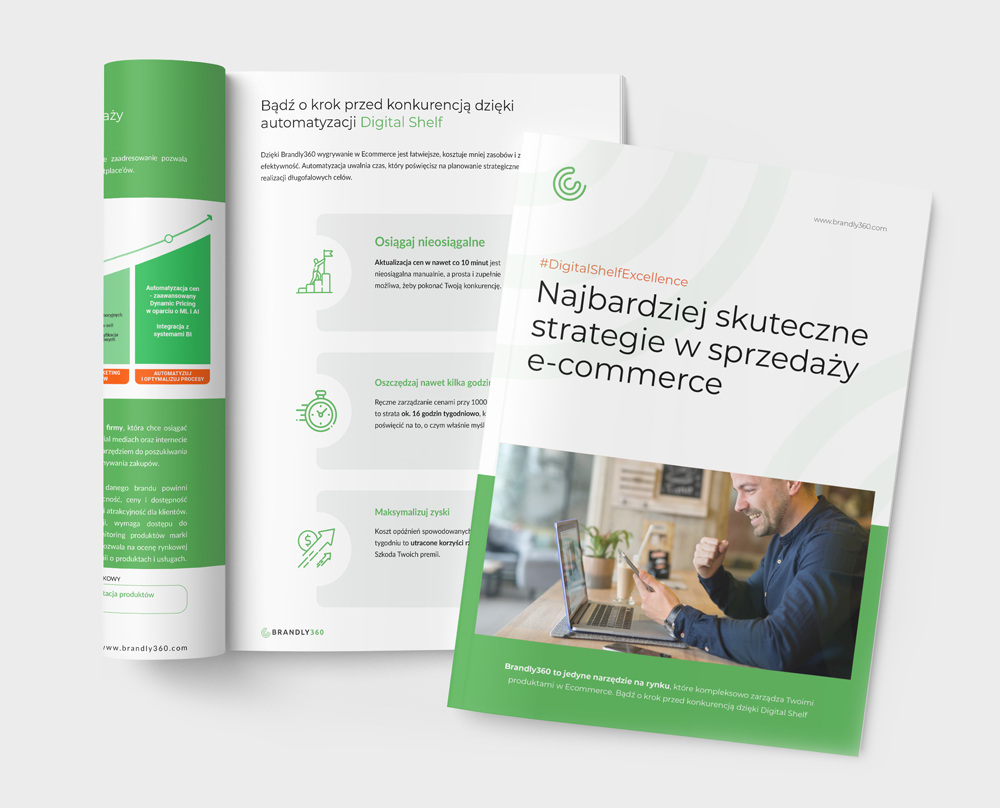Upselling is one of the best ways to increase sales in an online store. According to some studies, it is as much as 20 times more effective than cross-selling. Notably, putting it into practice is not at all challenging. Here are 8 instances of upselling strategies that work well in e-commerce.
What is upselling?
Upselling is a sales technique in which the seller (in this case, an online store) tries to encourage the customer to buy a more advanced or expensive product or service than the customer originally intended.
Online retailers have a variety of strategies to upsell customers When a consumer places an order, you might, for instance, present offers for goods or services linked to what the customer wants to purchase or suggest better terms for a good that the customer is already eager to purchase.
Upselling can also include recommending higher-priced products or adding options such as a warranty or additional accessories. Upselling always aims to raise the value of the customer’s order by persuading him to purchase more expensive goods or services, regardless of the approach used to achieve this.
See also: How does competitor price monitoring work?
Upselling vs cross-selling. How do they differ?
Upselling and cross-selling are two sales techniques that are often used in online stores. Both strategies require persuading clients to purchase additional goods or services, but their implementation varies.
Upselling, in its simplest form, refers to the idea of trying to persuade a consumer to purchase a more expensive good or service. What is the benefit to the client? More value. For instance, the merchant might offer a 50-inch TV for an extra cost if the consumer plans to purchase a 40-inch TV.
On the other hand, cross-selling is a sales strategy in which the vendor tries to persuade the consumer to purchase goods or services that are connected to those they are already planning to purchase. For example, if a customer intends to buy a new mobile phone, the retailer may also offer him a protective case, tempered glass, or an additional memory card.
As you can see, the seller is making an effort to raise the order’s value in two different ways. Upselling is about proposing more expensive or advanced products while cross-selling is about offering products related to the customer’s interest.
Here are some examples of how to use cross-selling
Want to get set up with competitor monitoring, price tracking and even more?
Book a free demo to monitor any e-commerce competitor pricing and get instant info of important price movements and more!
8 examples of using upselling
Implementing upselling has a lot of options. In this piece, we’ll go through 8 straightforward but highly efficient sales-boosting strategies.
1. Keep it simple
Upselling involves encouraging a consumer to purchase a more expensive item that he may not have even been interested in, therefore it’s crucial that the entire process is clear-cut and easy to follow. So stay away from making him too many options and unnecessarily convoluted offerings. Instead, back a plan where he makes …a single click to select more expensive goods.
2. Offer free shipping for more expensive items
Free shipping is an attractive incentive to buy more expensive products. Research has also supported this. 43% of online buyers check delivery prices before making a purchase, according to UPS. So you can utilize this to make your upsell products seem more appealing.
People frequently imitate others’ actions. You can benefit from this by publishing reviews from pleased clients or data on a specific product’s level of popularity.
4. Always present three possibilities
When you offer the customer several options, try to give him three possibilities. It will give him a choice, which is one thing, but reducing the number of possibilities will make it simpler to choose. This can be accomplished by providing three distinct pricing ranges or three items with various levels of sophistication.
5. Show a clear difference
It’s crucial to demonstrate a clear distinction between a more expensive product and less expensive alternatives if you want to persuade the buyer to purchase it. You can achieve this by outlining any new features or advantages it provides.
6. Proven products or services
Customers frequently seek out tried-and-true solutions, so it makes sense to provide your best or most well-liked items or services as upselling alternatives. Bet on items that are popular with clients or services that they inquire about most frequently.
7. Take advantage of products at promotional prices
Offering a more expensive product at a promotional price upfront is a terrific way to increase sales. It will serve as a sort of bait to entice the customer in, and direct him to a completely different one. Such a pricing strategy can produce surprisingly good results.
8. Impose a time limit
A time limit is an effective tool to encourage customers to make faster decisions. You can offer special prices or bonuses only for a certain period of time, which will increase the pressure on the customer to buy. But be careful not to overdo it and don’t exert too much pressure when using this approach. Maintaining professionalism and moderation is crucial.
To summarize
These are but a few examples of how upselling might be used in an online store. You can significantly raise your turnover by incorporating them into your sales approach. But keep in mind to continue testing and exploring alternative approaches as well.

Miłosz manages sales at Brandly360. For many years works on projects involving the implementation of software for businesses. On a daily basis, he works with trading companies, providing tools and services that improve work and follow the most recent market trends. Driven by a passion for data analysis, modern management systems, and process improvement.


